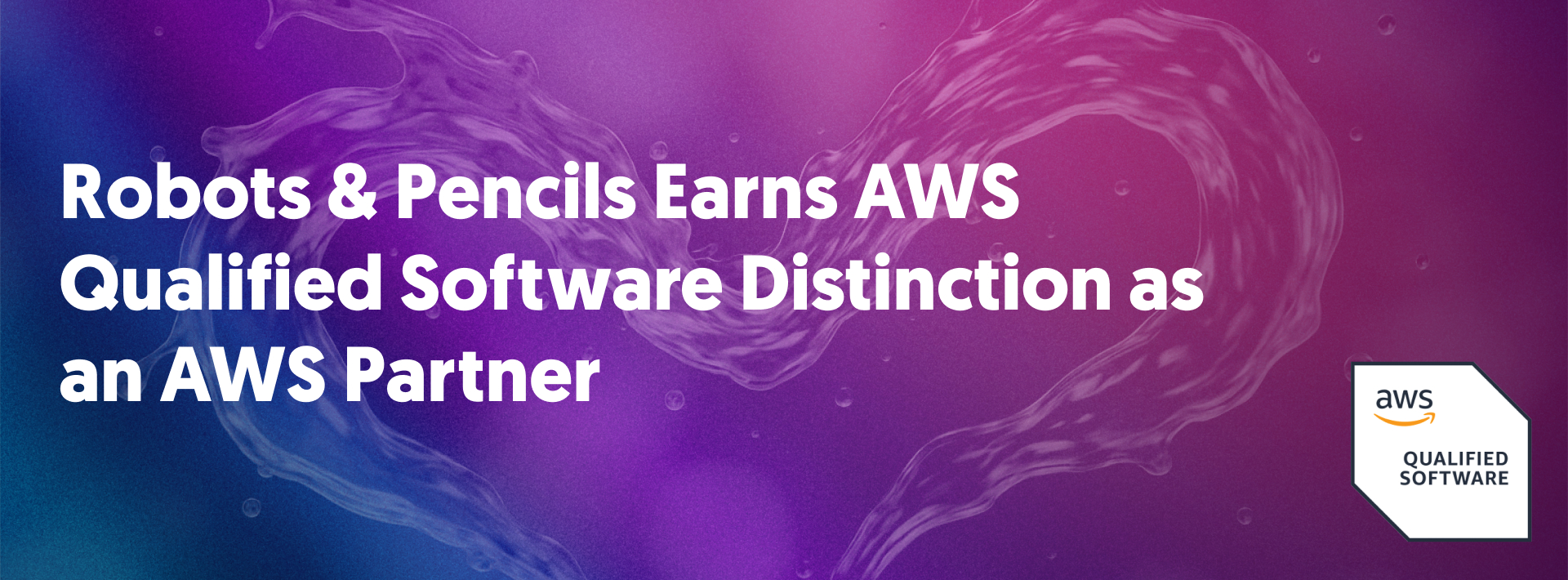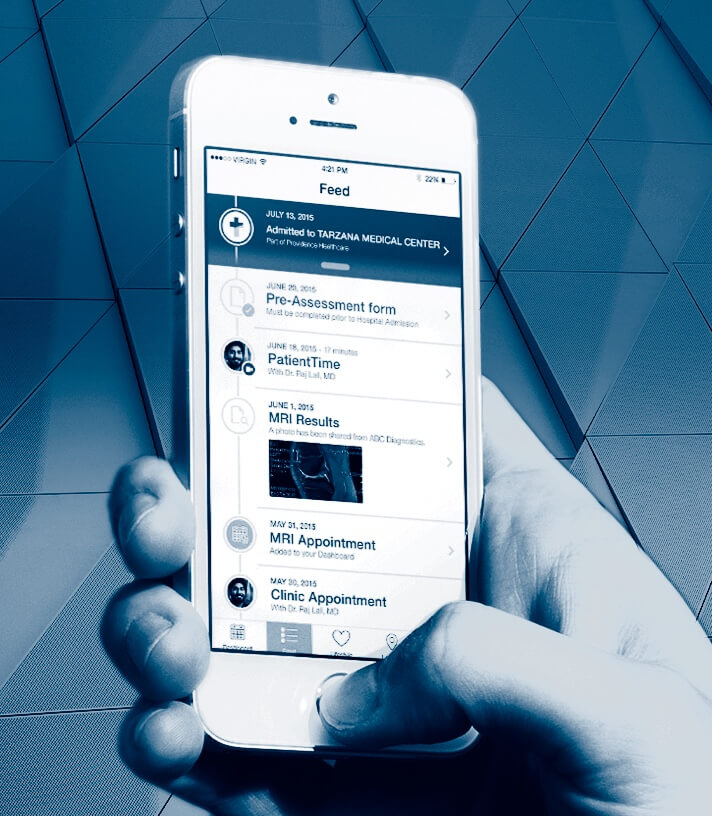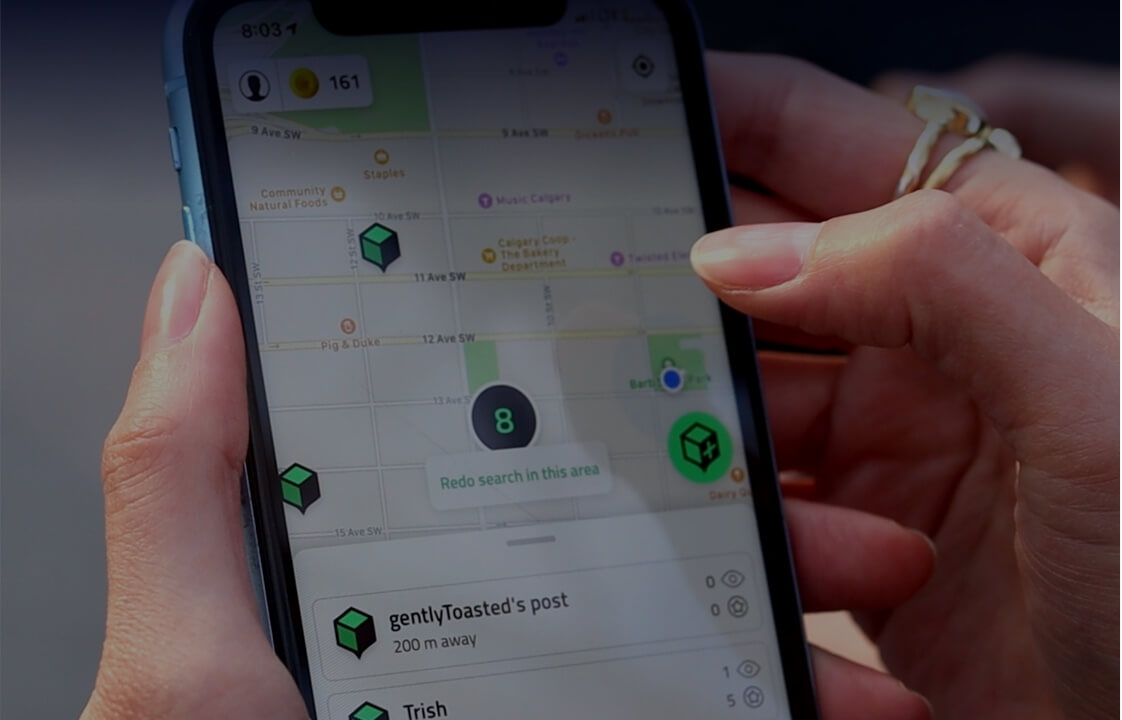How to Level up the Insurance Customer Experience
Insurance companies have made meaningful strides in the digital realm over the last decade. For example, many have improved apps and websites for policyholders. They now use analytics to assess risk, detect fraud, and segment customers. Insurers are adding automation to streamline and improve underwriting, claims processing, and customer service. At the same time, usage-based insurance and other innovative products are growing more common. To compete in this evolving industry, companies must continue to invest in digital transformation and improving the insurance customer experience (CX).
Top Priorities for Improving the Customer Experience in Insurance
Strategic leaders and product owners know the importance of the digital experience for insurance customers. It’s about winning new customers and keeping the ones you already have. To do so, digital channels must extend their services, not just explain or promote them. Best-in-class experiences feature:
- Self-service options
- User-centered interactions
- Connected digital channels
- Personalized, data-driven experiences
Let’s look at how to master each one.
Empower Insurance Customers with Self-Service
Customers want easy-to-use self-service options for getting things done. Policy renewal and updates, claims processing, document management, and customer support should all be available online. Adding these tools reduces the workload for agents. As a result, customers will no longer have to wait for the next available representative. Instead, they can manage policies and claims anytime on-demand.
Design User-Centered Interactions
Applying user-centered design across platforms is essential to a good insurance customer experience. For insurers, the goal is to simplify something that was historically complex. Every task should be straightforward, from filing claims online to checking policy details. When an incident occurs, customers are already stressed. The last thing you want to do is make them feel worse.
Think of digital claims filing and tracking as a starting point. It’s good, but it’s not enough. The next step is to streamline these and other processes. Specifically, you need intuitive interfaces and clear navigation pathways that help customers manage their insurance needs.
When building and updating digital products, prioritize what is best for the user. User research and testing will help you pinpoint and address friction points in the customer journey. Straightaway, these efforts will reveal insights for revamping products and services to elevate customer satisfaction.
Unify the Insurance Customer Experience
Businesses often have websites, customer portals, mobile apps, chat systems, and more. Each platform should have streamlined workflows and a consistent experience. Ideally, your customers will be able to move between them with ease. User experience designers can help ensure this ease of use and consistency across channels. Creating seamless customer journeys will also likely require automating internal processes, improving data integrations, and modernizing backend systems.
Personalize Customer Journeys and Products with Data Analytics
One-size-fits-all policies are a thing of the past. Today, insurers use analytics to study individuals and strategic groups. They can learn about customer needs, behaviors, and preferences. This data can help personalize everything from how customers interact with digital channels to the policies and services they receive.
Businesses can use data analytics to tailor their offerings and recommend policy changes that benefit customers. Insurance companies can also use analytics to create and target customer segments with personalized offers and communication. For example, predictive analytics can identify customers at risk of policy lapse or who need alternative coverage options. With these insights, you can proactively engage customers and address their needs.
Moreover, data analytics allows you to continuously optimize digital experiences based on real-time feedback and performance metrics. By analyzing how customers interact with each channel, you can uncover areas for improvement and refine your strategies.
Digital Trends in Insurance Customer Experiences and Products
We’ve previously covered some critical digital transformation and CX opportunities for insurance companies. But while optimizing your product today, you must also prepare for tomorrow. Understanding changing customer preferences, technology advancements, and regulatory changes gives you market agility. In short, it keeps you from playing catch-up. To that end, here are some insurance customer experience trends and offerings that excite us.
Usage-based Insurance (UBI)
UBI is gaining popularity. It is especially prominent in auto insurance, where premiums fluctuate based on the actual usage of the insured vehicle. This trend follows the rise of telematics and IoT devices that track how we drive.
Ecosystem Partnerships
Insurance companies are forming alliances with other industries to bundle services and create more value for customers. For example, companies may offer insurance coverage as part of a car purchase or home rental.
Prevention and Wellness
Insurers are increasingly helping customers prevent risk and improve their health and well-being. They offer wellness programs, discounts for healthy behavior, and other proactive risk management services.
Integrated Payment Solutions
Integrating payment methods into digital platforms is convenient for customers. Further, this strategy expedites premium payments, refunds, and claims payouts. Options include automatic bank withdrawals, real-time payments, and mobile payment apps.
Embedded Insurance
When insurance is embedded into transactions and products in other industries (e.g., retail, travel, automotive), paying for insurance products becomes part of the overall purchase experience. It becomes more integrated and less intrusive for the customer.
Pay-Per-Use Models
Similar to UBI, pay-per-use models adjust premiums based on the actual use of the insured asset or service, directly tying payment to risk exposure.
Achieve Lasting Success in Insurance
The checklist for great insurance customer experiences and products includes user-centered design, self-service, data-driven personalization, and interconnected digital touchpoints. Lasting success requires a comprehensive, forward-thinking strategy that prioritizes customer wants and needs. By doing so, insurance companies can meet evolving expectations and forge more substantial, meaningful connections, driving growth and success in the digital era.
If you want to level up your customer experience, Robots & Pencils can help. We work with leaders across industries to build high-impact digital experiences that create and accelerate business revenue. Complete our contact form or email hello@robotsandpencils.com to learn more.
Like the article? Share with friends:
















